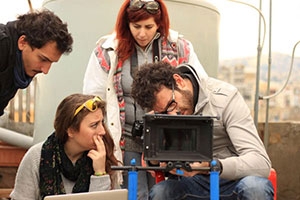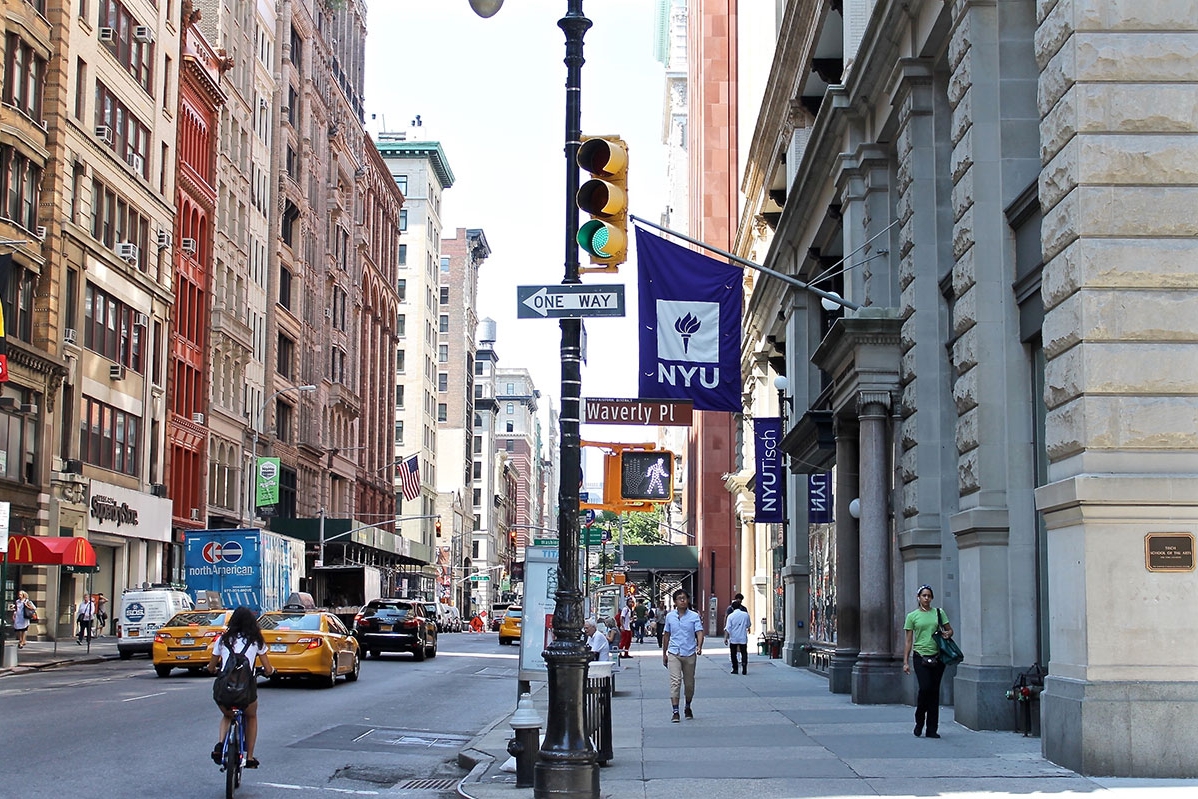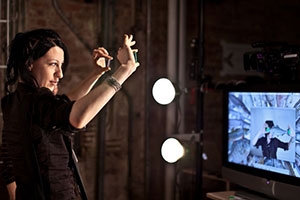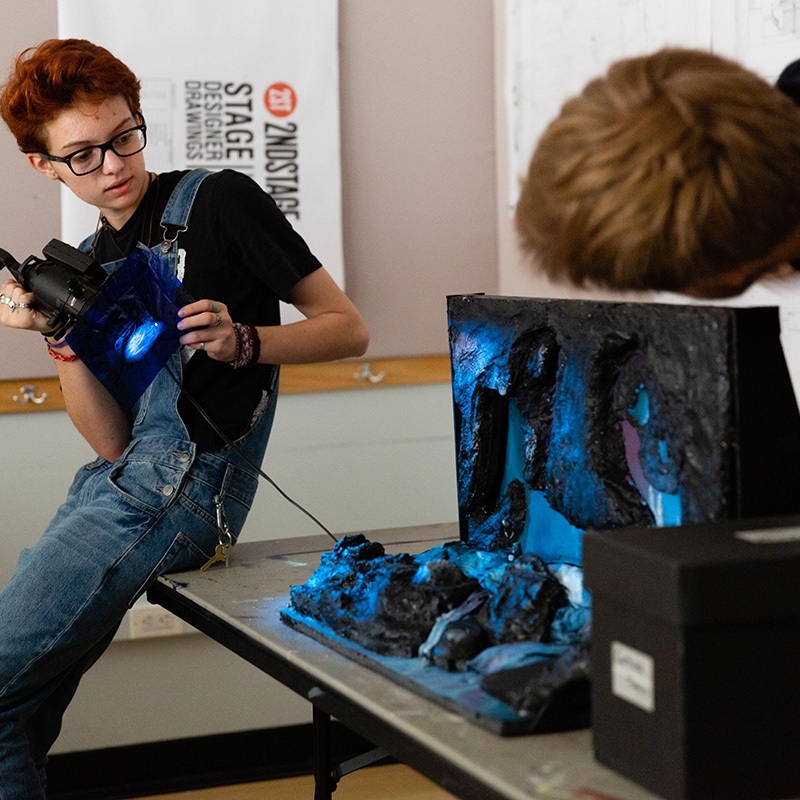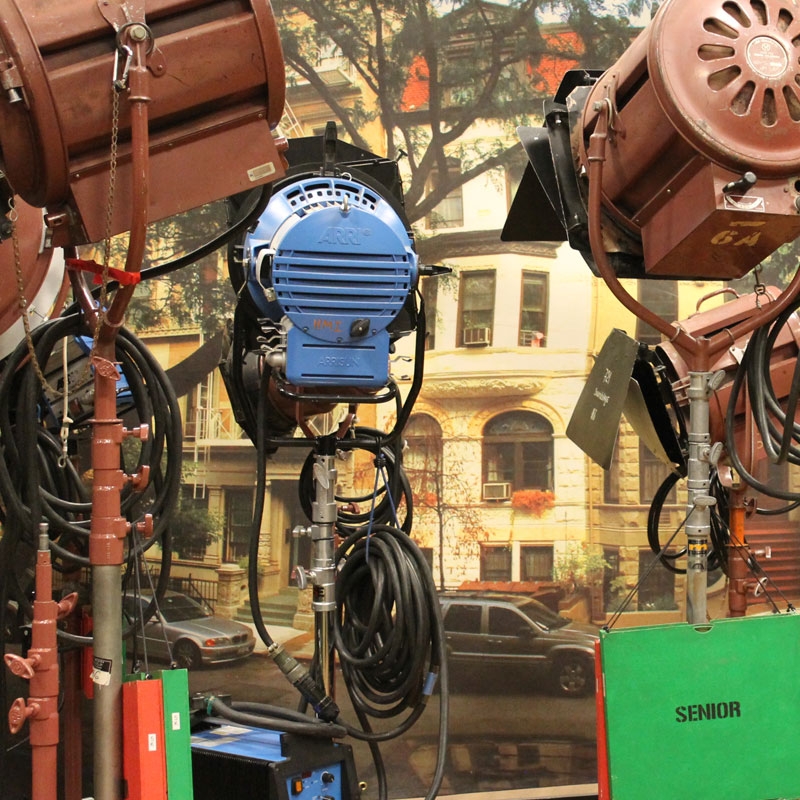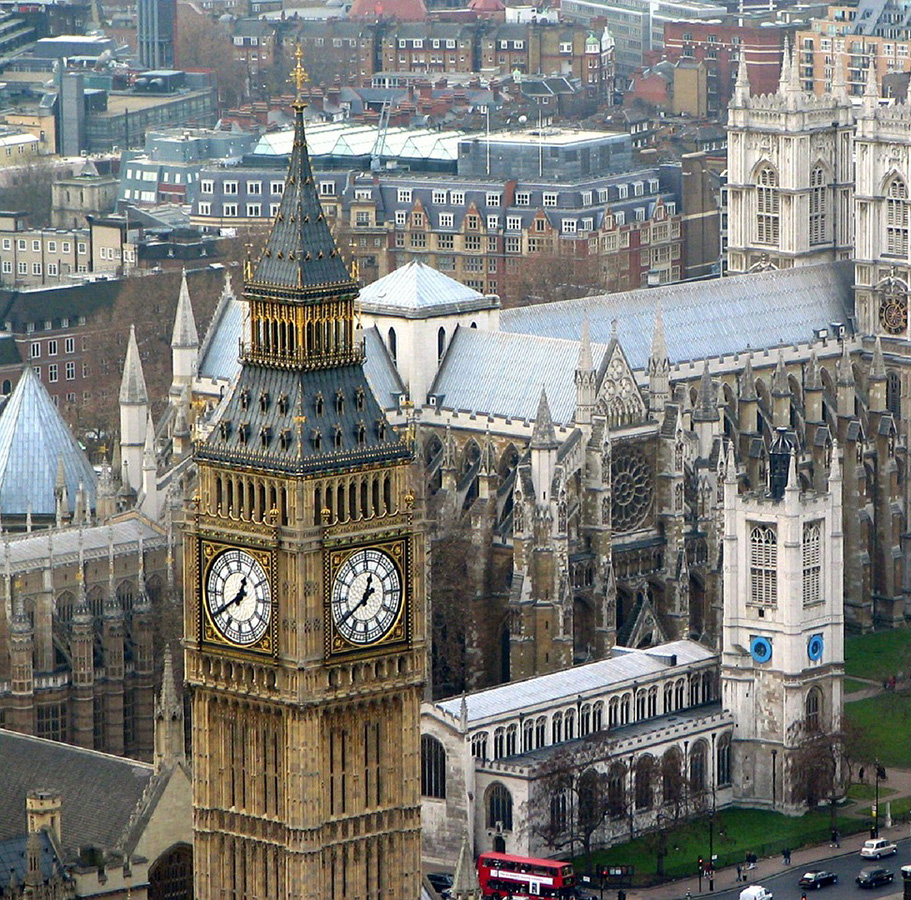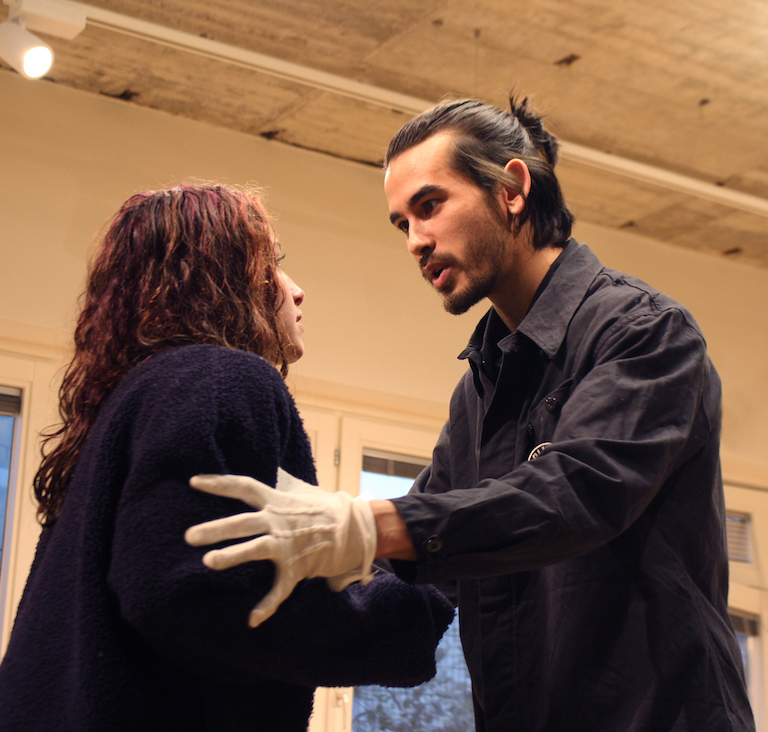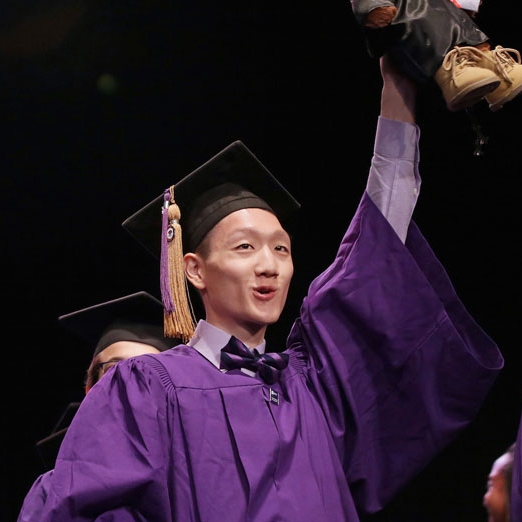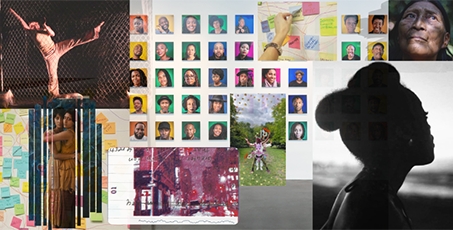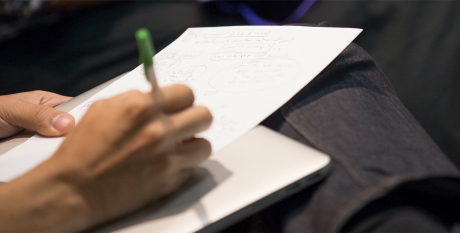FUNDAMENTALS OF FILMMAKING II: NARRATIVE FILM is an intensive production workshop for fiction filmmaking. Students write, direct, and produce one short, 5-7 minute, film. The course builds upon the visual storytelling tools learned in the prerequisite courses, Fundamentals of Filmmaking I, or Cinematic Narratives. Students will strengthen their skills in screenwriting, cinematography, aesthetics, and editing to further develop their personal filmmaking style. Students can choose to create a traditional narrative film with dialog, or they can choose alternative types of performance and filmmaking that create narrative style flow in different ways. Students must have a rough draft script, or one page treatment, ready by the first day of classes as writing and rewriting work begins in week one. Each student writes and directs their own film, and then they serve as crew members for their classmates when they direct their films.
Students can also choose to break the constraints of the traditional solo director/auteur theory, and choose to co-direct and Co-Create their film with a partner. Students with more experience in acting or performing can partner with other students who have more experience with writing, directing, or cinematography - and they can explore the opportunities within the emerging trend of Co-Creative filmmaking.
Students are guided by their Professor, and a Production Advisor, through all the production logistics that are necessary for successful filmmaking - including casting, art direction, props, locations, schedules, call times, insurance, equipment, wardrobe, effects, editing and more. During Morning Sessions, all work is discussed in class, and creative feedback is an essential component of the course. For the first third of the semester, Afternoon Sessions provide technical training on professional level videocameras, audio gear, lighting, and editing software. After the tech training period, Afternoon Sessions are reserved as optional practice sessions and/or filming periods. Midway through the semester, the final production period occurs over four consecutive weeks, and weekend work is required during this production period.
